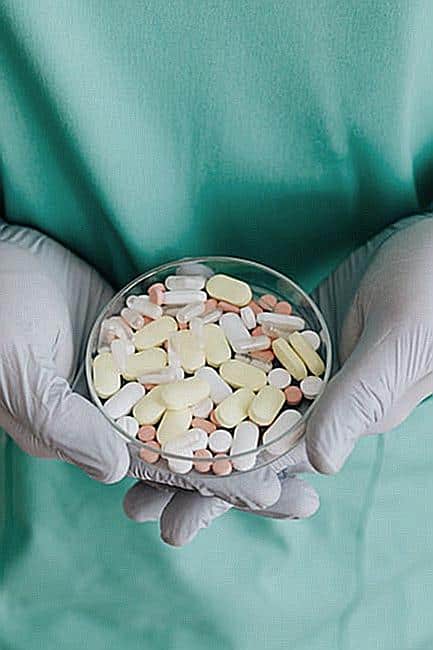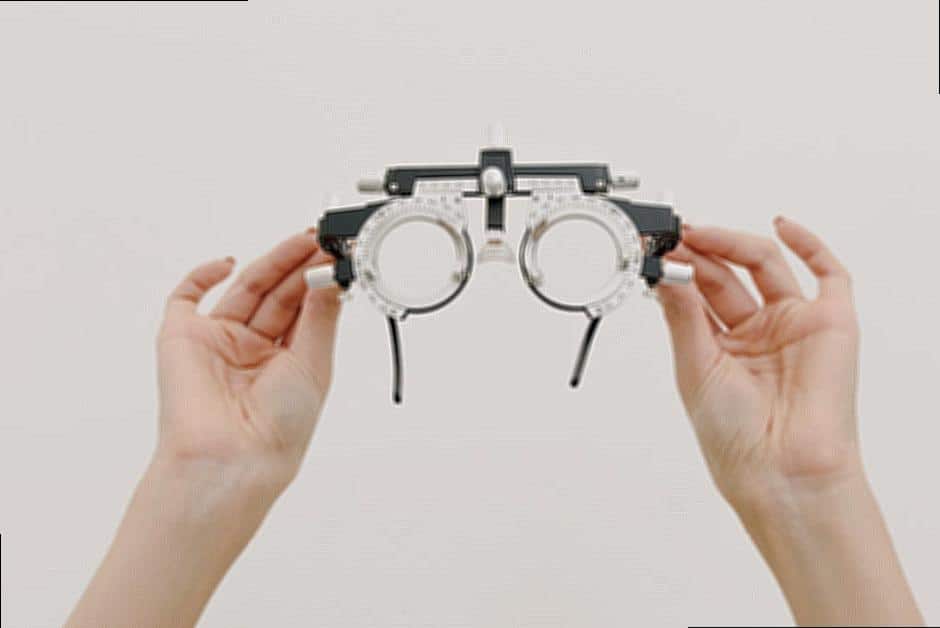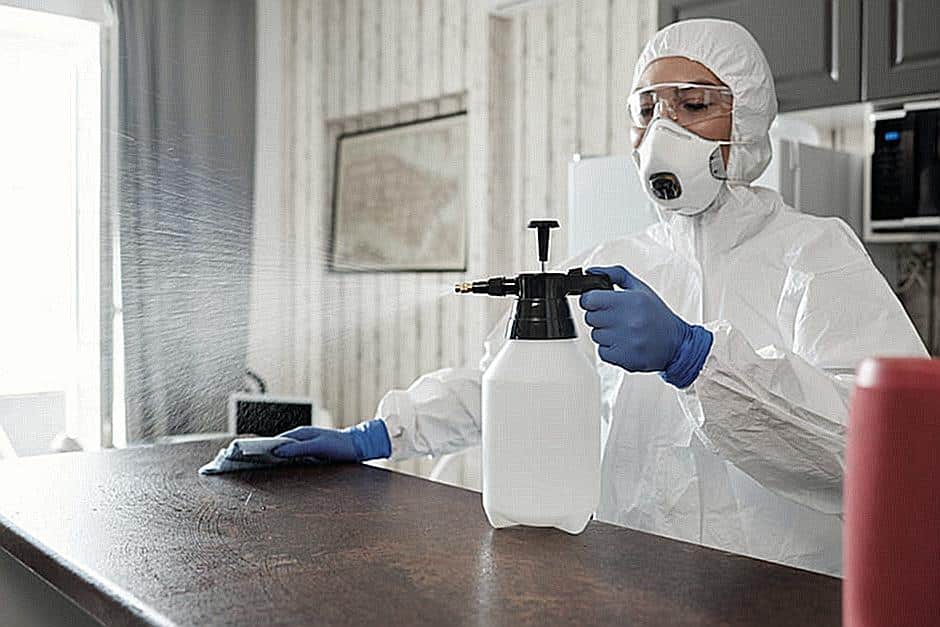Botox is a popular aesthetic treatment used to reduce wrinkles and fine lines on the face. However, in rare cases, some individuals may experience eyelid droop after Botox injections. Eyelid droop, also known as ptosis, is a condition in which the upper eyelid sags or falls due to muscle weakness. This can lead to a noticeable asymmetry in the eyes, making the facial appearance look distorted and droopy.
Eyelid droop after Botox is not a common side effect, but it can occur when the toxin diffuses beyond the intended area of injection and affects the nearby muscles responsible for lifting the eyelid. This happens when the injection is done improperly or by an inexperienced injector. It can also occur when the patient rubs or massages the treated area shortly after the injection, causing the toxin to spread beyond its intended location.
The severity of eyelid droop after Botox can vary from mild to severe, depending on the extent of the muscle weakness. Mild cases may only require a few days of recovery, while severe cases may need surgical intervention to correct the issue. Therefore, it is essential to choose an experienced and qualified injector for any Botox treatment, as a skilled injector will know how to avoid any adverse effects and minimize the risk of complications.
In conclusion, eyelid droop after Botox is a rare but possible side effect of the treatment. Patients should be aware of the potential risks and consult with a qualified professional before undergoing any aesthetic treatments. It is crucial to choose an experienced injector who can ensure both safety and desired results.
What Causes Eyelid Droop After Botox?
Botox is a popular cosmetic treatment among people who want to reduce the appearance of wrinkles and fine lines on their faces. One of the side effects of Botox treatment is eyelid droop.
Eyelid droop, or ptosis, is a condition where the eyelid droops or sags. It can be caused by various factors, including aging, genetics, injury, and illness. In the case of Botox, eyelid droop occurs when the injected botulinum toxin hits the wrong muscle, causing it to relax and droop.
The eye muscles are complex, and if the botox is not injected correctly, it can paralyze the muscles that control the eyelids‘ movement. The result is that one or both eyelids may droop or sag, causing an asymmetrical or sleepy appearance. This effect is temporary but can be quite distressing for patients.
How Long Does Eyelid Droop Last After Botox?
Eyelid droop is one of the most common side effects of Botox treatment. Fortunately, it is also one of the most short-lived side effects. In most cases, eyelid droop caused by Botox lasts for several weeks to a few months. However, the exact duration of the eyelid droop will depend on several factors, including the amount of Botox that was injected, the injection technique used, and the patient’s individual response to the toxin.
It is not uncommon for patients to experience some degree of eyelid droop after their first Botox treatment. However, the good news is that the effects are temporary and will gradually fade away. Patients should seek medical advice if they experience any unusual or severe symptoms, such as double vision or difficulty closing their eyes.
Can Eyelid Droop After Botox Be Fixed?
Yes, eyelid droop after Botox can be fixed. There are several treatments available that can help correct the problem. The treatment options will depend on the severity of the droop and the patient’s individual circumstances.
One of the most effective treatments for eyelid droop caused by Botox is apraclonidine eye drops. These drops work by stimulating the muscles that control the eyelids’ movement and can help to lift the drooping eyelids. In most cases, patients will see an improvement in their symptoms within a few days of using the drops.

In severe cases, surgical intervention may be necessary to correct the eyelid droop. The type of surgery will depend on the cause of the droop and may involve tightening or repositioning the muscles around the eyelids. Patients should discuss their treatment options with their doctor or a qualified cosmetic surgeon.
Is Eyelid Droop After Botox Permanent?
No, eyelid droop after Botox is not permanent. In most cases, the droop will resolve on its own within a few weeks to a few months. However, it is important to note that recovery from eyelid droop may take longer in some patients, depending on the severity of the droop and individual response to the toxin.
Patients who experience eyelid droop after Botox should seek medical advice immediately. In some cases, other underlying health issues may be causing the problem, and early intervention can help prevent further complications.

How Can I Prevent Eyelid Droop After Botox?
There is no surefire way to prevent eyelid droop after Botox, but patients can take several precautions to minimize their risks. Firstly, patients should choose a qualified and experienced cosmetic surgeon or healthcare professional to administer their Botox treatment. Seek out specialists with appropriate certifications and expertise in administering Botox. Additionally, they should avoid rubbing the treated area or engaging in strenuous activity for a few hours after the treatment.
Patients should also inform the healthcare professional if they have had any previous eyelid surgery or medical conditions, such as glaucoma. These conditions may increase the risk of eyelid droop after Botox.
What Are The Symptoms Of Eyelid Droop After Botox?
The most obvious symptom of eyelid droop after Botox is the appearance of drooping or sagging eyelids. Patients may also experience a change in their facial expression, such as asymmetrical or sleepy eyes. In severe cases, the drooping eyelids may impair vision or cause double vision.
Patients who experience any unusual or severe symptoms after a Botox treatment should seek medical advice immediately.
How Commonly Does Eyelid Droop Occur After Botox?
Eyelid droop is one of the most common side effects of Botox treatment, but it is also one of the most short-lived. Studies have shown that eyelid droop caused by botulinum toxin occurs in about 1-2% of patients. The good news is that the symptoms usually resolve on their own within a few weeks to a few months, and treatment options are available for severe cases.

How Soon After Botox Can Eyelid Droop Occur?
Eyelid droop can occur anywhere from a few hours to a few days after Botox treatment. The onset of the symptom will depend on various factors, including the amount of Botox injected, the injection technique used, and individual response to the toxin.
It is not uncommon for patients to experience some degree of eyelid droop after their first Botox treatment. However, the good news is that the effects are temporary and will gradually fade away.
Are There Any Treatments For Eyelid Droop After Botox?
Yes, several treatments can help correct eyelid droop after Botox. One of the most effective treatments is apraclonidine eye drops. These drops work by stimulating the muscles that control the eyelids’ movement and can help to lift the drooping eyelids.
In severe cases, surgical intervention may be necessary to correct the eyelid droop. The type of surgery will depend on the cause of the droop and may involve tightening or repositioning the muscles around the eyelids. Patients should discuss their treatment options with their doctor or a qualified cosmetic surgeon.
Can I Still Get Botox If I Previously Experienced Eyelid Droop?
Yes, you can still get Botox if you previously experienced eyelid droop. However, you should inform your healthcare professional of your previous experience to help them determine the best injection technique and dosage for your case.
In some cases, your healthcare professional may recommend a different treatment option or suggest using apraclonidine eye drops in conjunction with the Botox treatment to minimize the risk of eyelid droop.
Conclusion
In conclusion, eyelid droop after Botox is a rare but possible side effect of the treatment. Although there are different causes, the most common one is improper injection technique or dosing, leading to weakness or paralysis of the levator muscle that lifts the eyelid. Other contributing factors may include the patient’s anatomy, medical history, and the use of certain medications.
Fortunately, eyelid droop after Botox is usually temporary and can be corrected with time or with additional treatments, such as eye drops or prescription medication. However, patients should ensure that they receive Botox injections from a board-certified dermatologist or aesthetic surgeon with experience and expertise in the procedure. They should also be honest with their provider about their medical history and any medications they take to minimize the risk of complications.
Overall, eyelid droop after Botox is not a cause for alarm if managed properly. Patients can achieve optimal results from their treatment by working closely with their provider and following the after-care instructions. It is important to remember that Botox is a safe and effective treatment for reducing the appearance of wrinkles and fine lines when administered correctly, and it can help patients achieve a more youthful, refreshed appearance.



